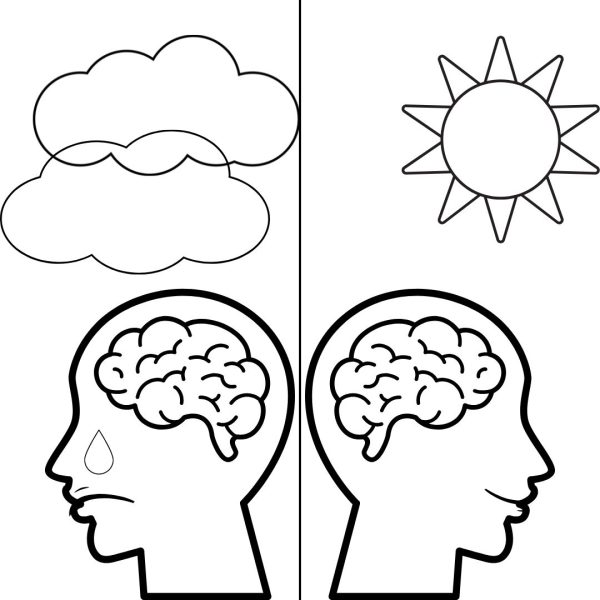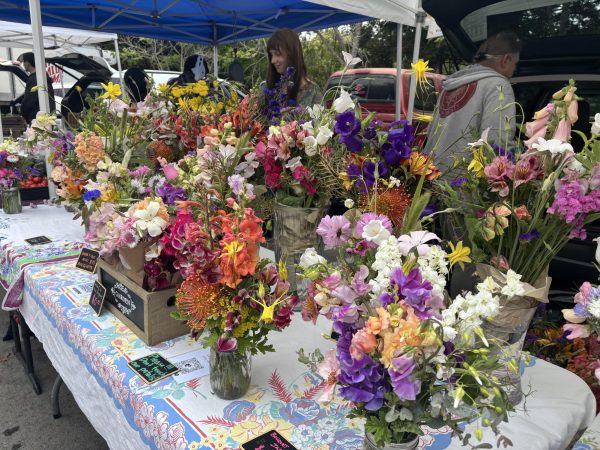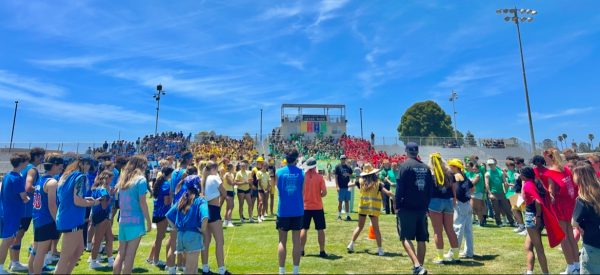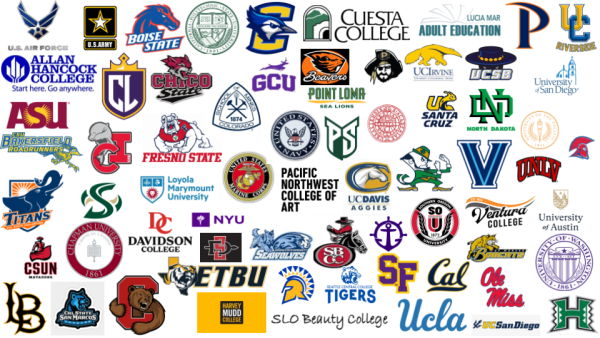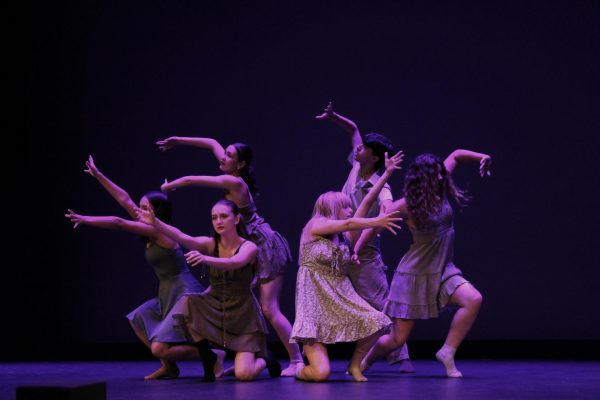The effect of LGBTQ+ representation in children’s media
Children are impressionable. The environment in which they grow up can determine their opinions and how they view the world, other people, and themselves. In our technological society, many of these views are presented to children via television and social media.
In recent years, there has been a great increase in diversity and inclusivity in children’s media. In years past, in kids’ cartoons and mainstream media, it has been common to see a cast made up of primarily straight, white characters. Today, many of the most revered children’s cartoon characters are POC, queer, or both. The most popular of these shows are “The Owl House,” “The Legend of Korra,” “She-Ra and The Princesses of Power,” and “Steven Universe.”
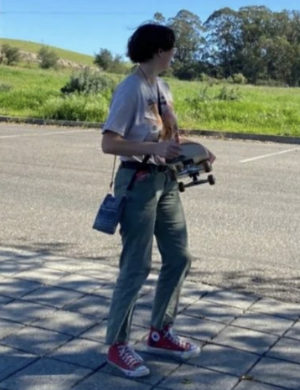
Katherine Lewis (‘23) believes that the presentation of these shows to young children is a wonderful way to bring more accepting and open-minded people into the world.
“It’s very good, especially in kids shows, so that [kids watching] can learn about sexuality and gender, so they know it’s not a bad thing…” she said. ”It can help bring up positivity [surrounding it].”
She is adamant that it is important to destigmatize these topics. She wants kids to know they are not alone.
“[Because of these shows] kids can grow up knowing that sexuality and gender aren’t just ‘straight’ and ‘cis’ and they can help them discover themselves if it applies,” Lewis said.
Milo Armstrong (‘24), a co-leader of Arroyo Grande High School’s GSA club, also feels strongly about representing the underrepresented. “My favorite queer cartoons are ‘Craig of the Creek’ and ‘Sailor Moon,’” he said. “My favorite queer character is probably Usagi (Sailor Moon) herself, it’s not stated, but she is pretty bisexual coded.”

Like Lewis, Armstrong believes that it’s important for children to grow up seeing diversity on the big screen.
“I’m honestly so happy to see people like me in cartoons. Growing up there were always straight couples on the screen and it was hard to know anything about the LGBTQ+ community,” Armstrong said. “It gives me hope that younger kids will know that they don’t have to pressure themselves into liking the opposite gender to fit in.”
“I feel that younger people will be more accepting with more diversity there is in the shows they watch,” Armstrong continued. “The more that LGBTQ+ characters are shown I think it will be easier for them to accept themselves as who they are.”
Fiona Swanson (‘24), the other GSA leader, has a similar mindset. “Children need to learn that LGBTQ+ people are normal, and seeing characters in shows they love being LGBTQ+ helps remove the stigma around the community. The [queer] community is not inappropriate for children,” Swanson said. “Having kids realize that gay/trans people are normal and equal to cishet people is so important in creating better allies and reducing mental illnesses and suicide rates in queer kids. Having queer kids see characters they love and look up to in media that are like them is so, so important.”
Swanson added, “As a queer person, I know seeing a queer character in a kid’s
show would have been so important on my journey to accepting myself. When I found out I was gay, I had such a hard time accepting myself. If I had seen people like me on TV, it would have been so much easier for me to realize that there was nothing wrong with me and that my identity was valid.”

It’s clear that we as a society have made drastic leaps in the last decades, even the last few years. However, while it is important to appreciate how far we have come, we still need to recognize that there is much to be done.
“I think some things that can be done are to bring up LGBTQ+ people more frequently during childhood,” Swanson said. “It’s really important for kids to learn about our community early on… showing LGBTQ+ representation in children’s media won’t turn kids queer! I grew up watching straight characters, and it didn’t turn me straight.”
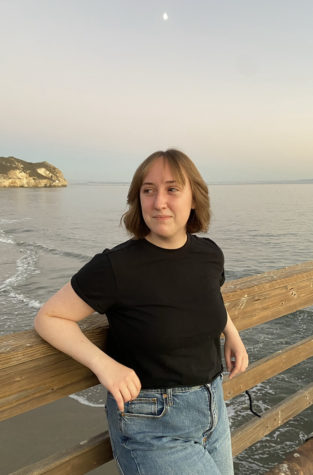
Grace LeVeque is a senior at Arroyo Grande High School, and she's ready for her second year in Newspaper. She loves listening to music, reading books,...




